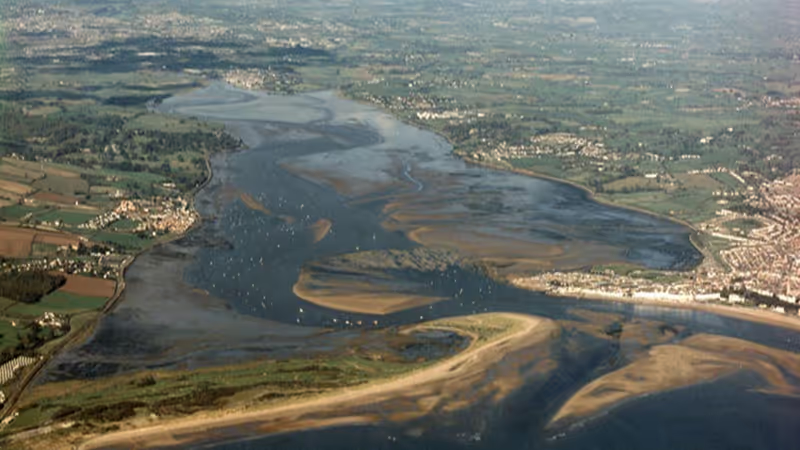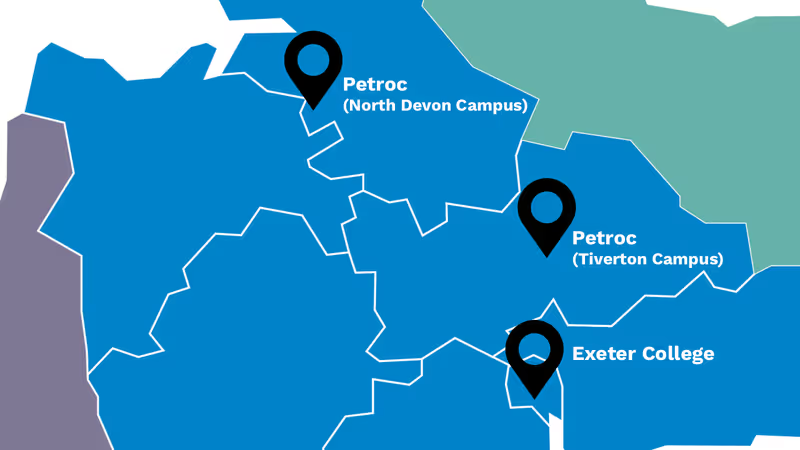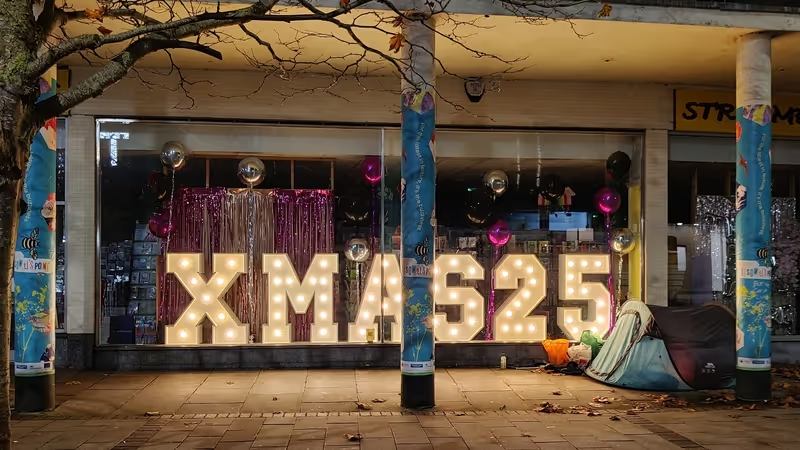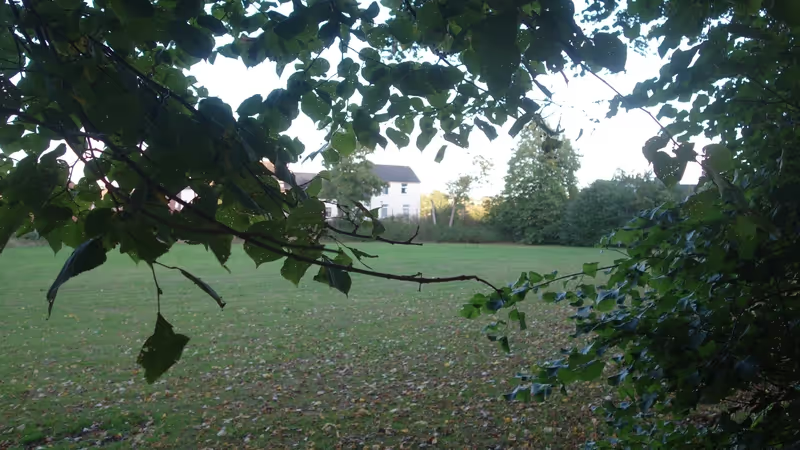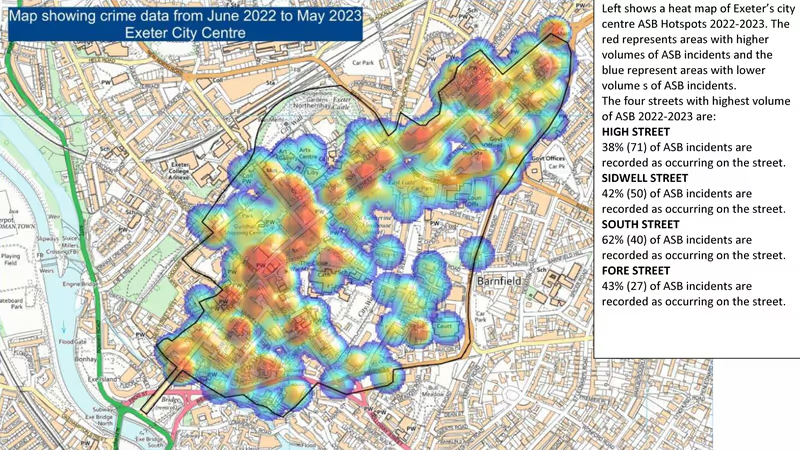Devon County Council is holding a public consultation on bus priority proposals on two of Exeter’s arterial highways, Heavitree Road and Pinhoe Road.
The proposed schemes are among several incremental changes that are at various stages of development as part of the Devon Bus Services Improvement Plan adopted by the county council in July 2022, then updated four months later.
The plan identifies six bus corridors in Exeter, five of which run from the city centre to its outskirts along radial routes and one along Barrack Road between Topsham Road and Heavitree Road.
The current consultation is for bus priority proposals on what it calls the city’s “central” and “eastern” corridors.
 Exeter bus corridors. Source: Devon County Council.
Exeter bus corridors. Source: Devon County Council.
The central bus corridor runs from the Paris Street roundabout along Heavitree Road and Honiton Road, forking at Sidmouth Road to reach both junctions 29 and 30 of the M5.
The proposed changes would introduce new traffic signals on an extended eastbound Heavitree Road bus lane to give buses priority when turning right into Barrack Road by allowing them to proceed ahead of other traffic, which would be signalled to stop when buses pass through.
Residents parking and a bus stop would be removed from the south side of the road to create space for the new junction, with some residents parking replacing the bus stop.
The consultation materials do not include an assessment of the viability of these changes at busy times, when eastbound traffic is often tailed back from Heavitree Fore Street to before the proposed new traffic signals.
 Proposed Heavitree Road bus lane bus priority layout. Image: WSP.
Proposed Heavitree Road bus lane bus priority layout. Image: WSP.
The short stretch of Barrack Road between Heavitree Road and Magdalen Road would also be reconfigured as part of the changes.
The footpath on its east side would be removed to create room for an additional northbound carriageway, including a partial bus lane, for buses turning left into Heavitree Road towards the city centre.
The uncontrolled pedestrian crossing on the Heavitree Road and Barrack Road junction would be removed and a bus stop in Livery Dole would be relocated.
At the same time bus lane operation times in Heavitree Fore Street and Honiton Road would be extended and buses would be given extra time to pass through traffic signals.
CCTV monitoring would be used to enable adaptive traffic control (and, if Devon County Council gets Department for Transport approval, fine drivers for moving traffic offences) while traffic information signs would provide real-time information about road conditions.
The county council says there is “potential for an approximate four-minute journey time saving per bus” from all the new measures combined along the length of the whole corridor, although this appears to be only for inbound morning buses.
£1.7 million of government funding has been allocated to these changes.
 Proposed Barrack Road northbound bus lane layout. Image: WSP.
Proposed Barrack Road northbound bus lane layout. Image: WSP.
Bus Services Improvement Plan changes are also proposed on the eastern bus corridor, running from Sidwell Street along Pinhoe Road and beyond as far as the M5.
A two-mile stretch of this route, to the Pinhoe Road junction with Hill Barton Road, would also see the use of CCTV monitoring to enable adaptive traffic control with real-time information on traffic signs and bus priority signalling. Bus lane operation times would also be extended.
The county council describes these changes as an “upgrade” which makes the route an “intelligent corridor”, and again says “there is potential for an approximate four-minute journey time saving per bus”.
The information provided in the consultation materials, however, says inbound morning bus journey times will only be shortened by “approximately 18 seconds” and evening outbound times by “approximately 3 minutes 17 seconds” while there will be “minimal impact” at other times.
£700,000 of government funding has been allocated to these changes.
 New North Road bus gate illustrative view. Image: Devon County Council.
New North Road bus gate illustrative view. Image: Devon County Council.
Other Exeter Bus Services Improvement Plan changes have already been approved, or approved in principle.
In October, after a public consultation held in July and August, the county council cabinet approved a scheme on what it calls the “northern” corridor, running from Cowley Bridge roundabout to Exeter bus station via New North Road.
An eastbound bus gate is to be introduced in New North Road by widening the existing contraflow cycle lane in front of John Lewis to create a new bus lane, returning two-way traffic to this section of the street after its previous removal.
Buses travelling along New North Road will head directly to the bus station via Sidwell Street, instead of following the current route along Longbrook Street and York Road past St Sidwell’s Primary School.
The county council said the changes would mean bus passengers would save “approximately 2.5 minutes”, with eight services per hour across eight routes representing a “17% reduction in bus journey times”, although it appears this would depend on where passengers embarked.
The scheme is to cost £400,000.
 New North Road bus gate layout. Image: Devon County Council.
New North Road bus gate layout. Image: Devon County Council.
Bus Services Improvement Plan changes are also on their way in Exeter’s “western” corridor, which runs along Dunsford Road and Cowick Street to the city centre across Exe Bridges.
In Cowick Street the operation times of the existing 100 metre bus lane are to be extended, with changes accordingly made to parking and loading times.
Buses will also be given priority over other traffic at the Cowick Street/Buller Road junction, and CCTV-based adaptive traffic control with real-time information will be introduced, as elsewhere.
On the other side of the river, buses turning out of Preston Street into Western Way will be given priority and linked signal timing will be used to prevent queuing traffic blocking the road.
An informal consultation on the Cowick Street bus lane changes that was held last October yielded just seventeen responses.
Three were from bus operators, two from local businesses and eleven from a local resident group. The remaining response was from a bus user who attended a single library drop-in session.
Apart from the bus operators and the individual bus user, all the respondents opposed both consultation options, while each of the bus operators disagreed with the others.
A county council report noted the limited sample size and lack of consensus, then recommended that traffic regulation orders for the second option be advertised to “gauge wider views on the proposals” on the basis that the council will approve them “if no objections are received”.
The traffic regulation orders have not yet been advertised for the scheme, which is expected to cost £235,000.
 Exeter Western bus corridor. Image: Devon County Council.
Exeter Western bus corridor. Image: Devon County Council.
The government launched its national bus strategy “Bus Back Better” in March 2021, requiring local transport authorities to submit a Bus Services Improvement Plan setting out how improvements could be made.
Devon County Council estimated that the annual cost of delivering its plan would be £33.6 million, but it was allocated just £14.1 million for the three-year period from 2022-23, £86.7 million less than it requested.
All the currently-planned schemes must be delivered by March 2025.
Devon County Council will be required to publish an updated Bus Services Improvement Plan by June, following guidance issued by the Department for Transport in January.
It will have to identify which of its schemes have been, or will be, delivered by the end of 2023-24 against those which are programmed for delivery in 2024-25, while determining “ambitions and priorities for future delivery in 2025 and beyond”.
The county council consultation on the proposed Heavitree Road and Pinhoe Road corridor changes is open until Friday 29 March.
Drop-in events are being held from 4.30pm-7.30pm on Tuesday 19 March at Exeter Guildhall and from 10.30am-2.30pm on Thursday 21 March at Exeter Library.
Respondents can also submit comments via an online survey.
The consultation is also inviting comments on two active travel crossing proposals, neither of which is currently funded. One is in Honiton Road, between the Rifford Road and Sweetbriar Lane junctions, the other at Polsloe Bridge.
A major nationwide study published in November last year found that Exeter bus services had been cut by nearly 42% since 2010.
